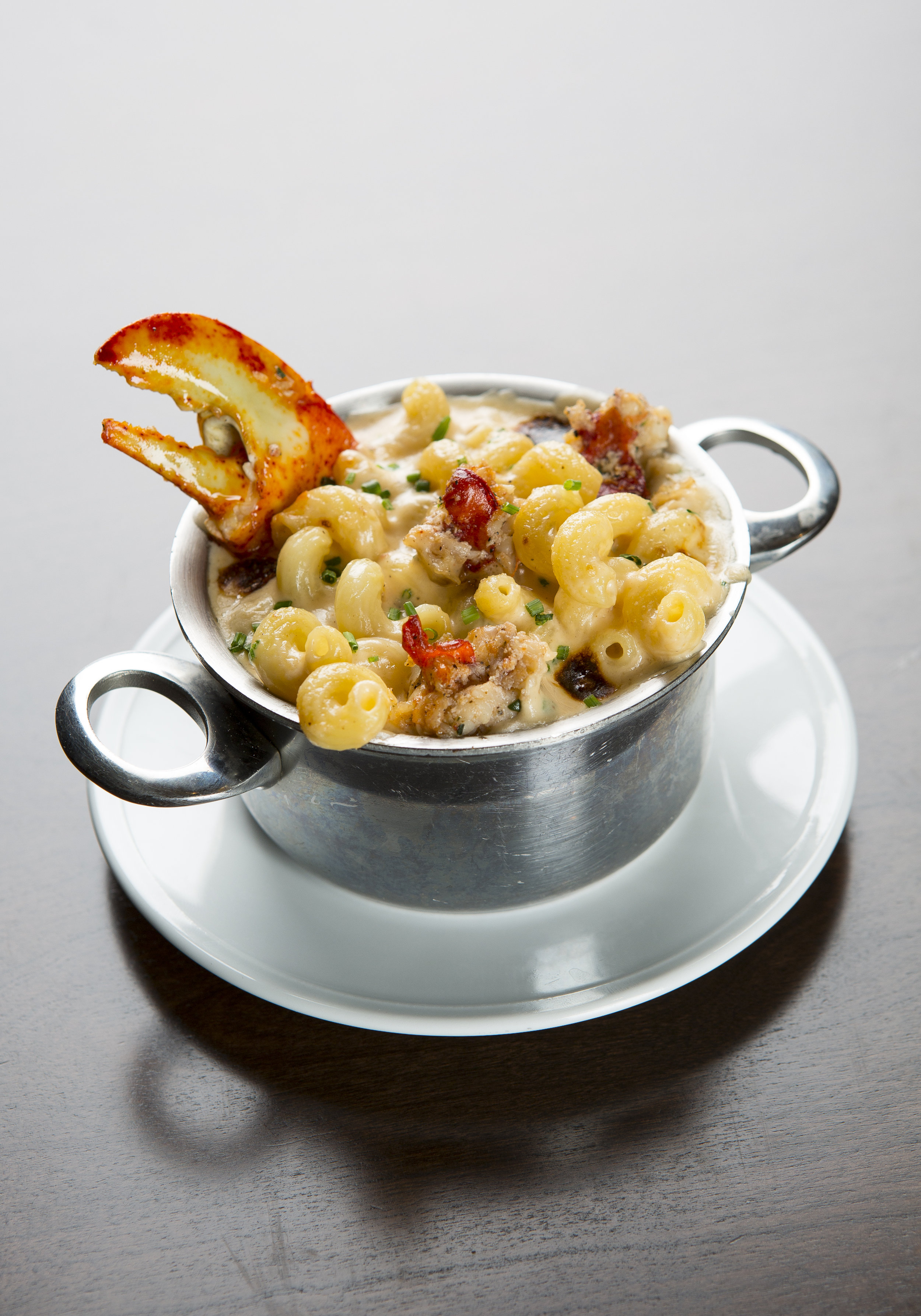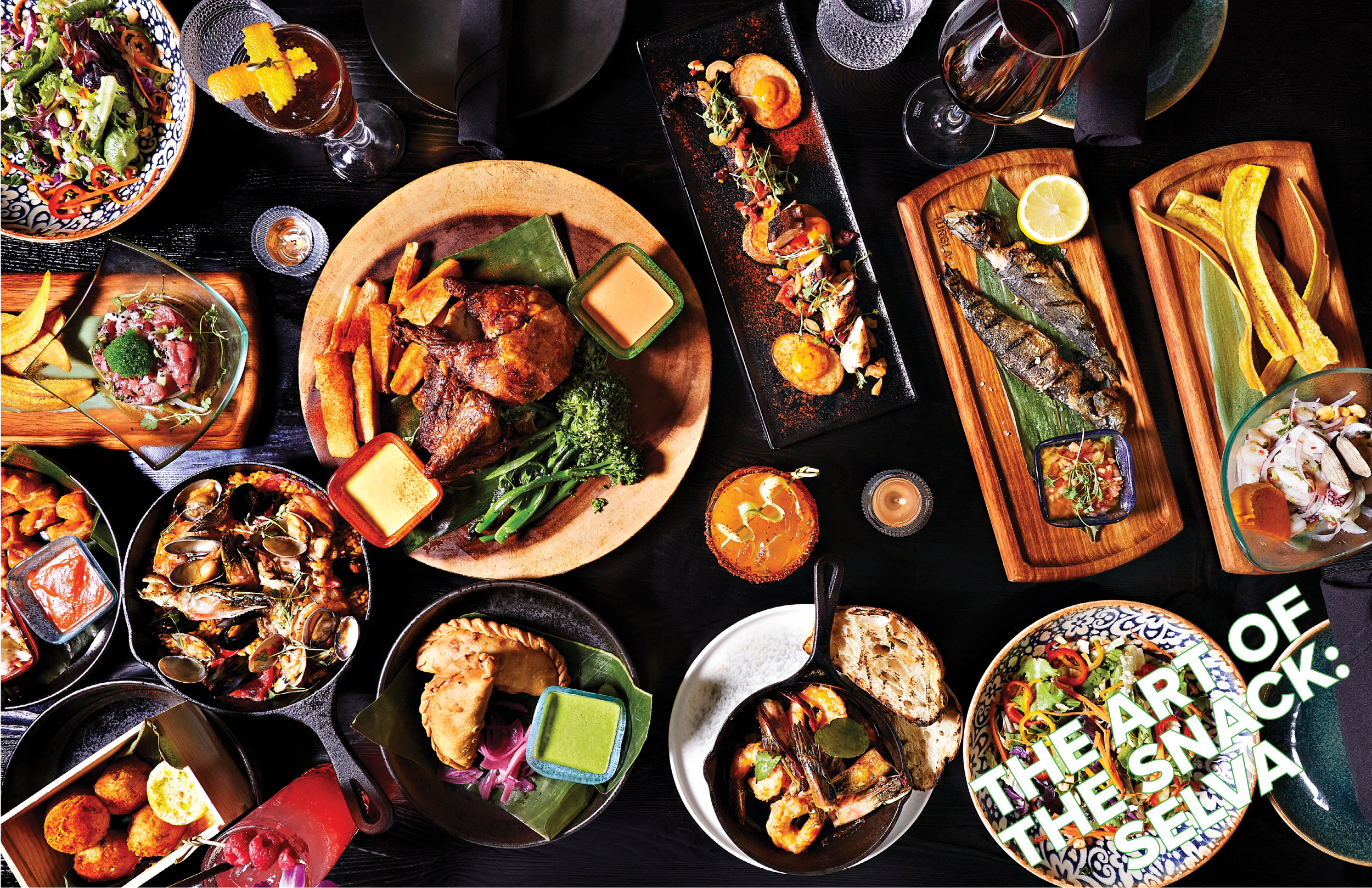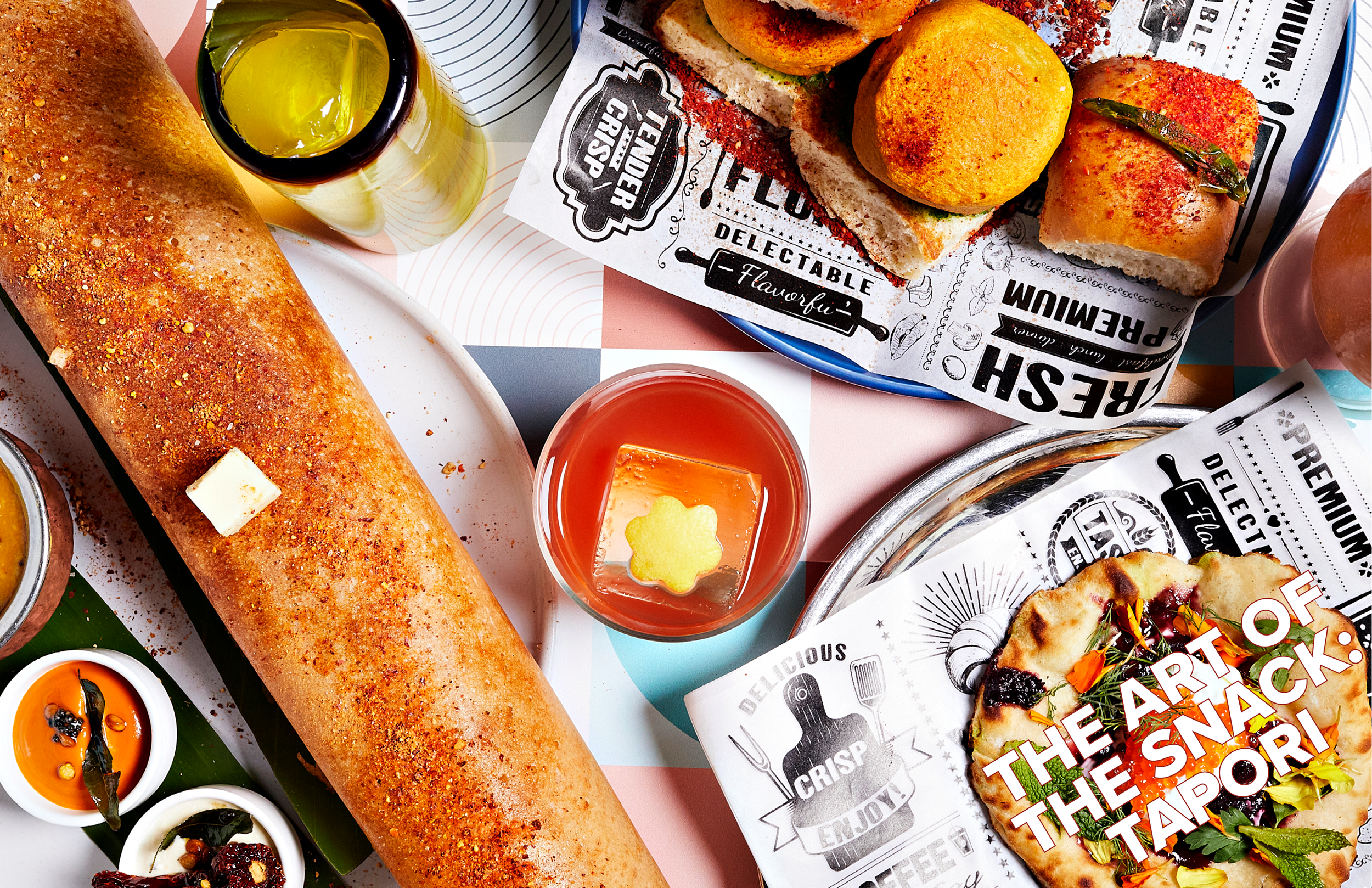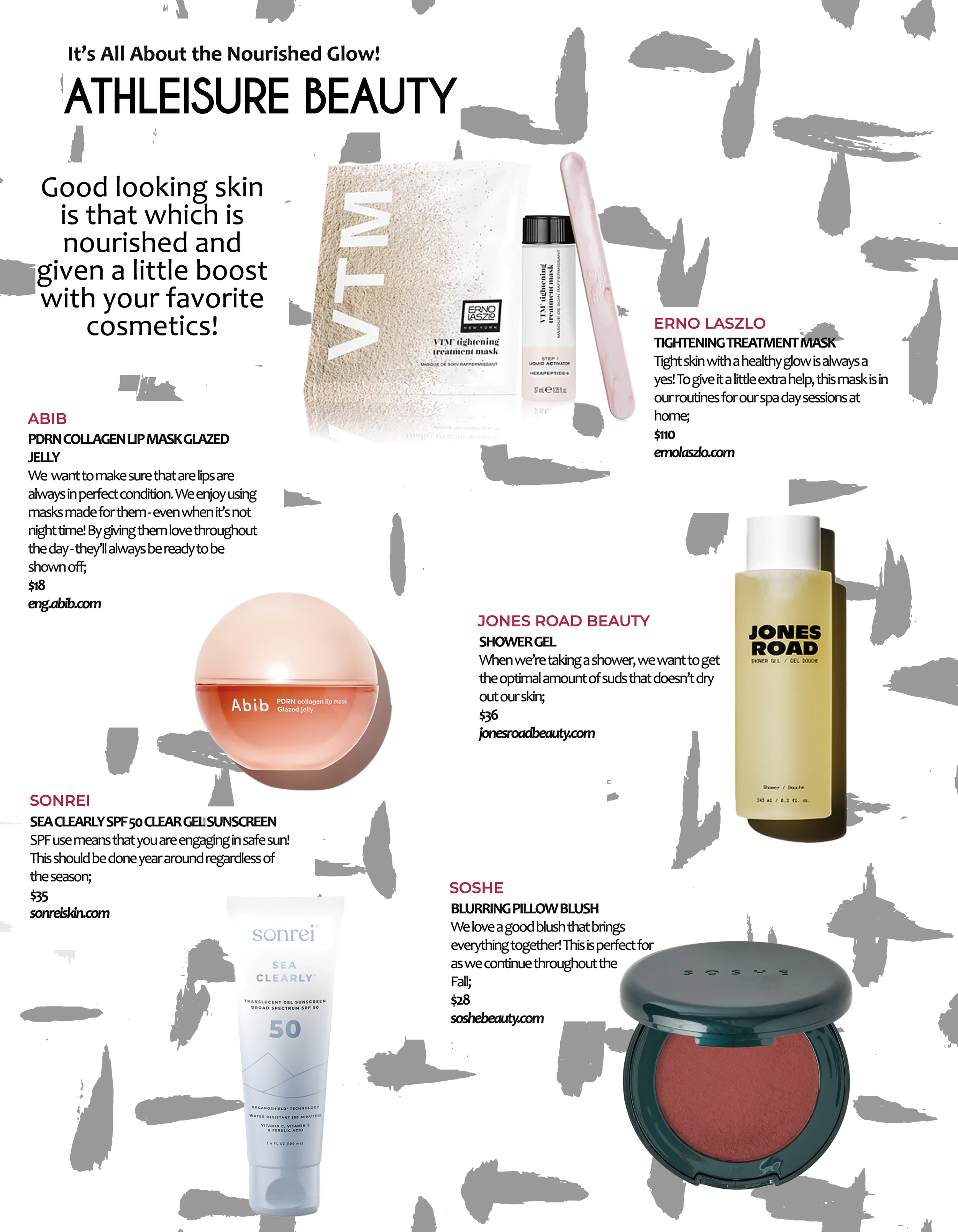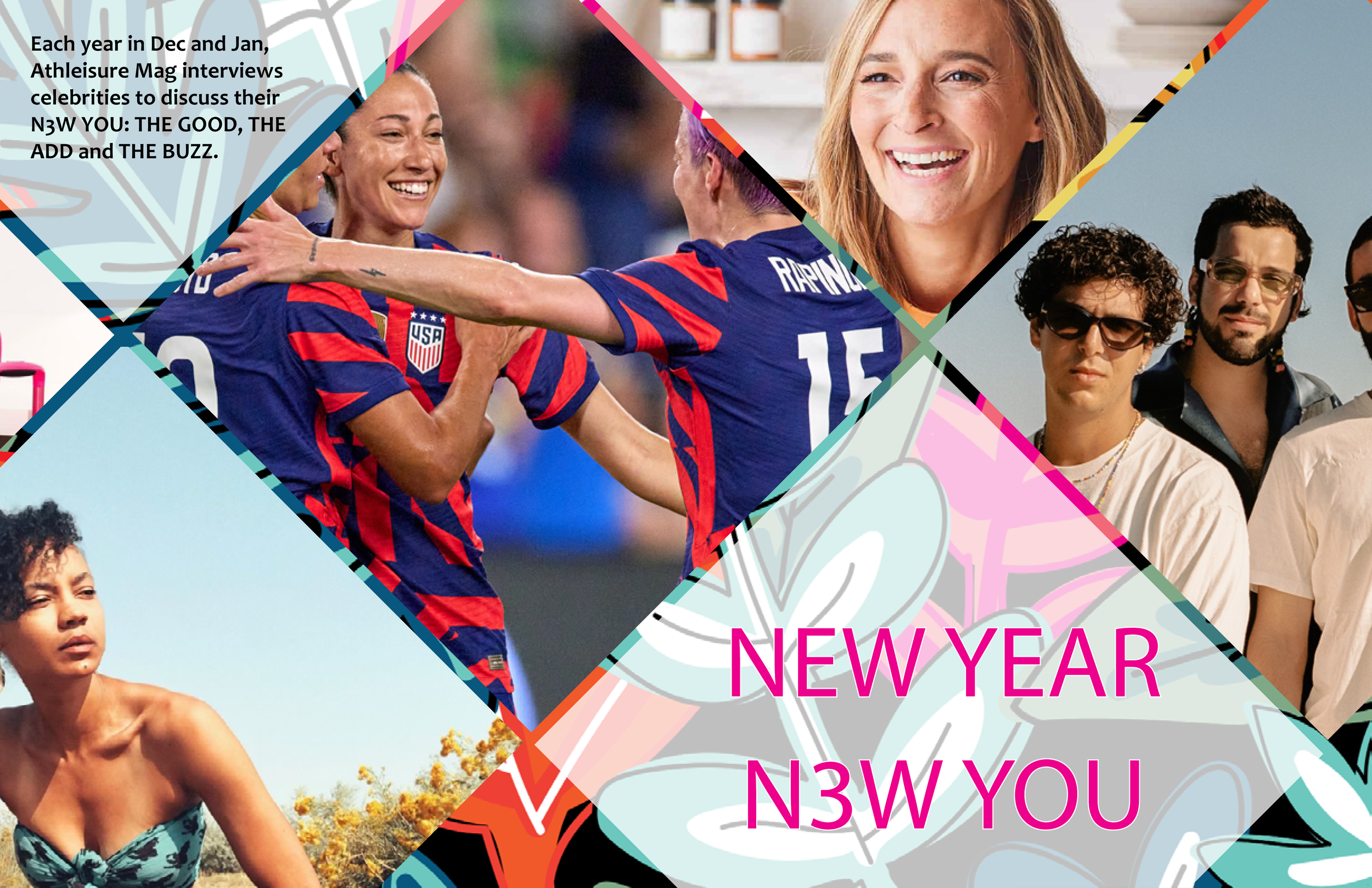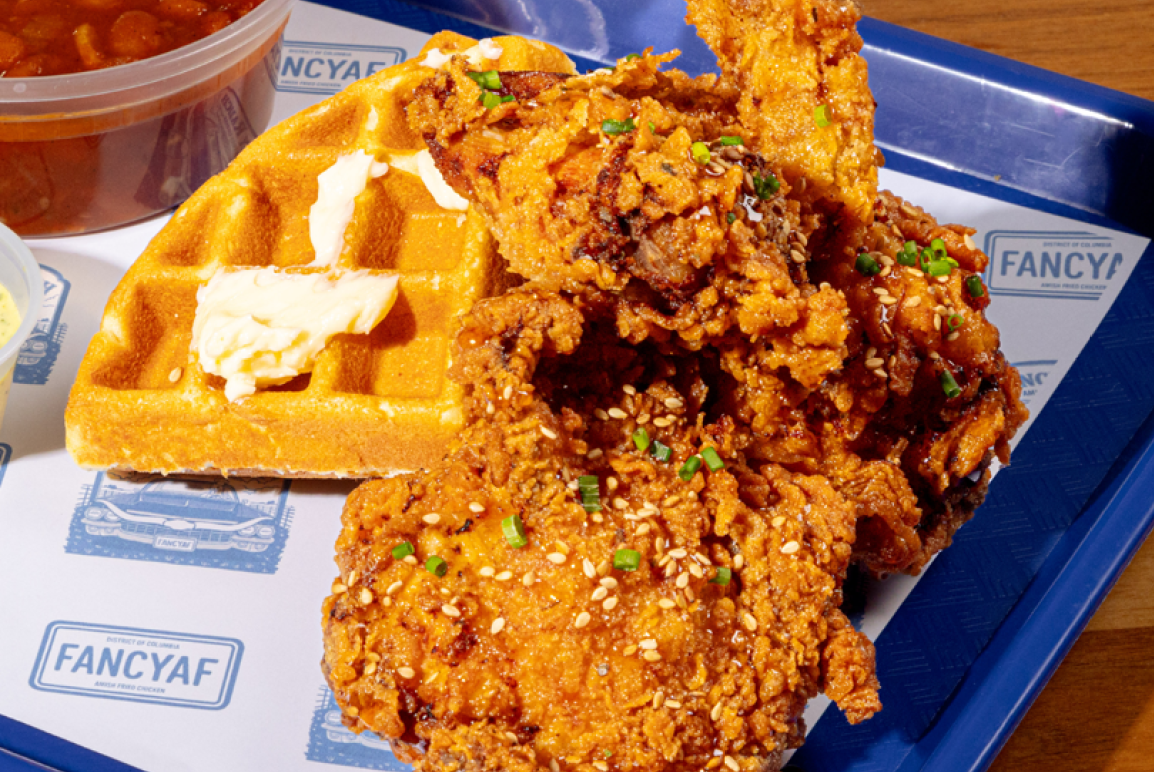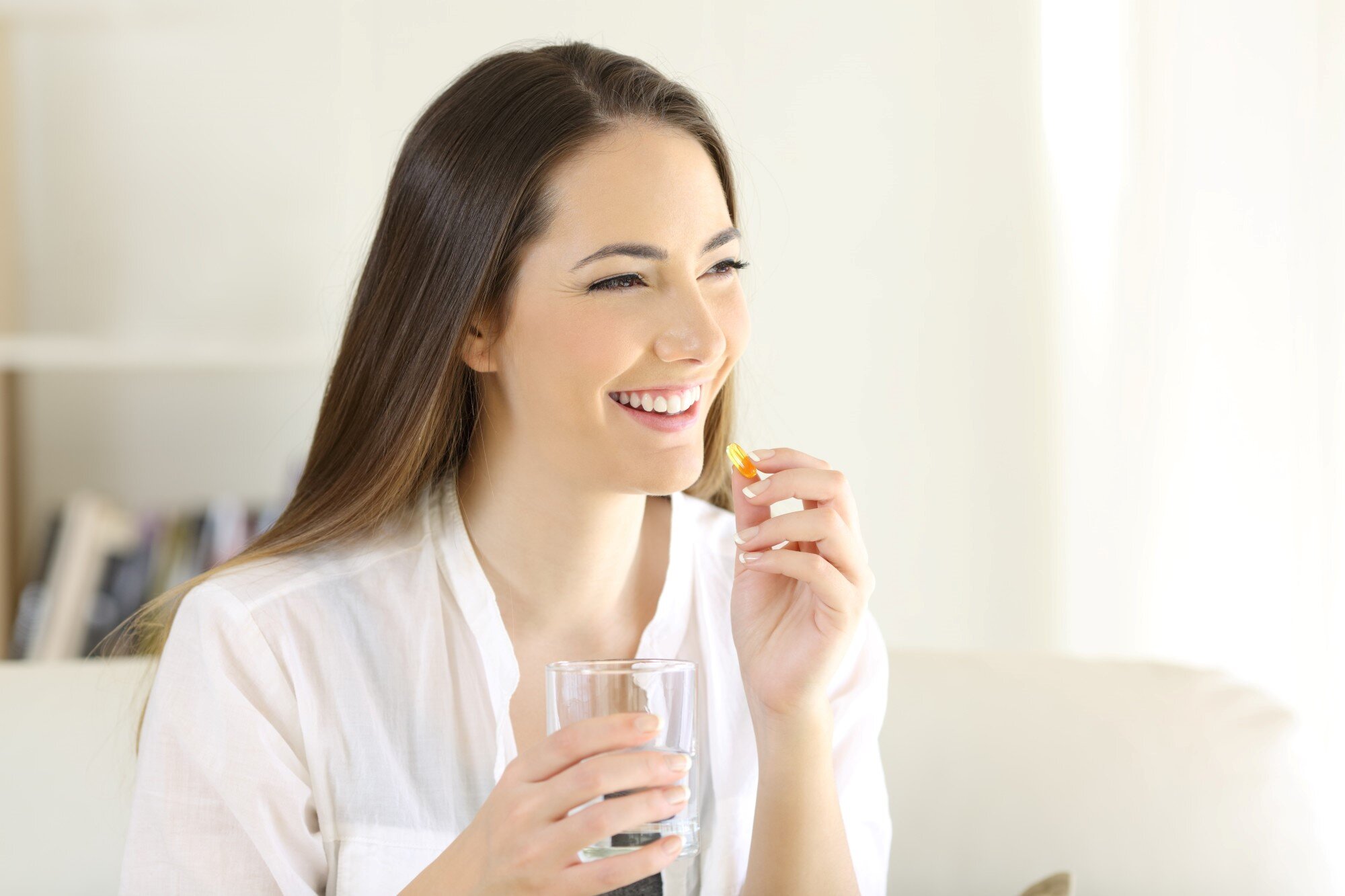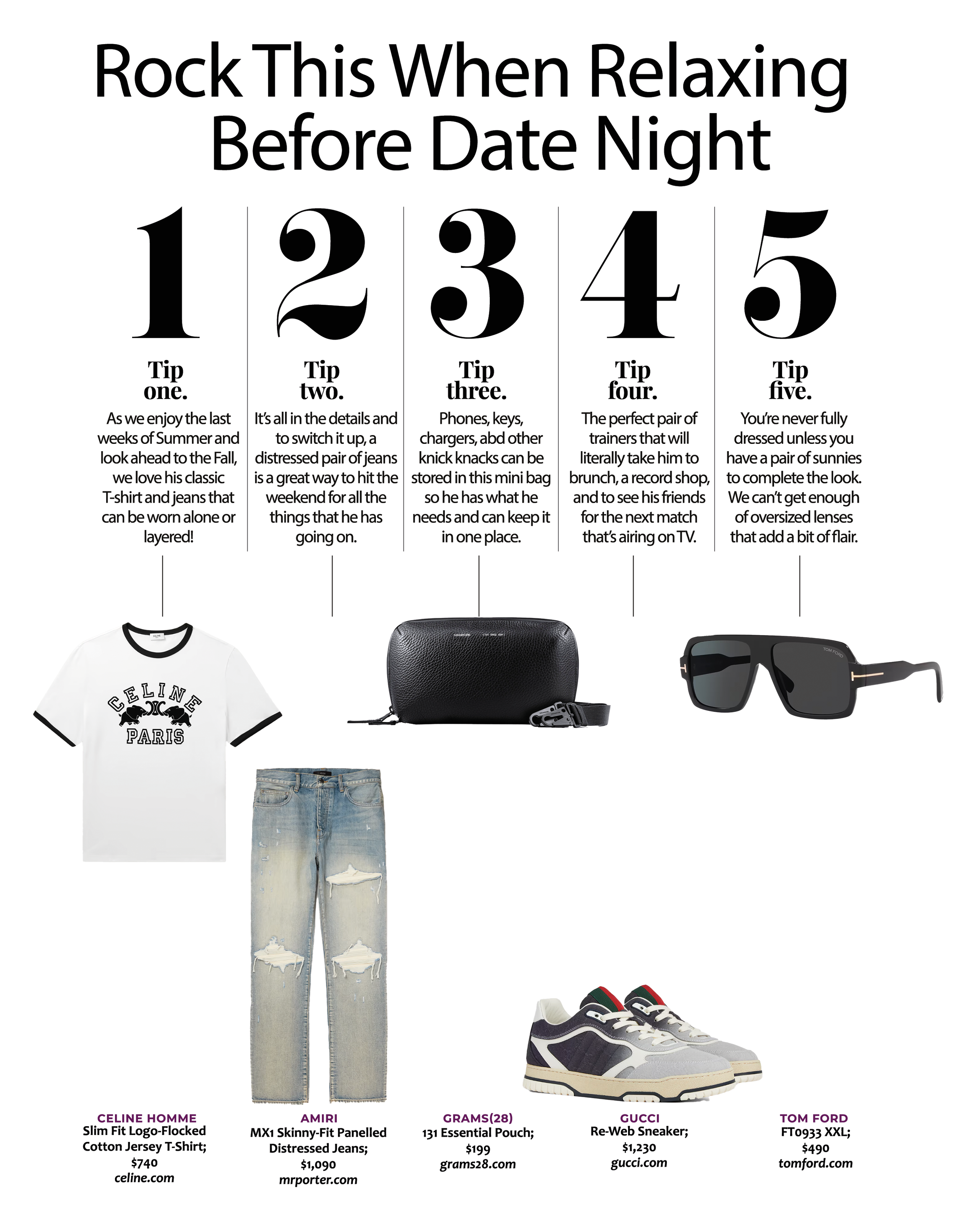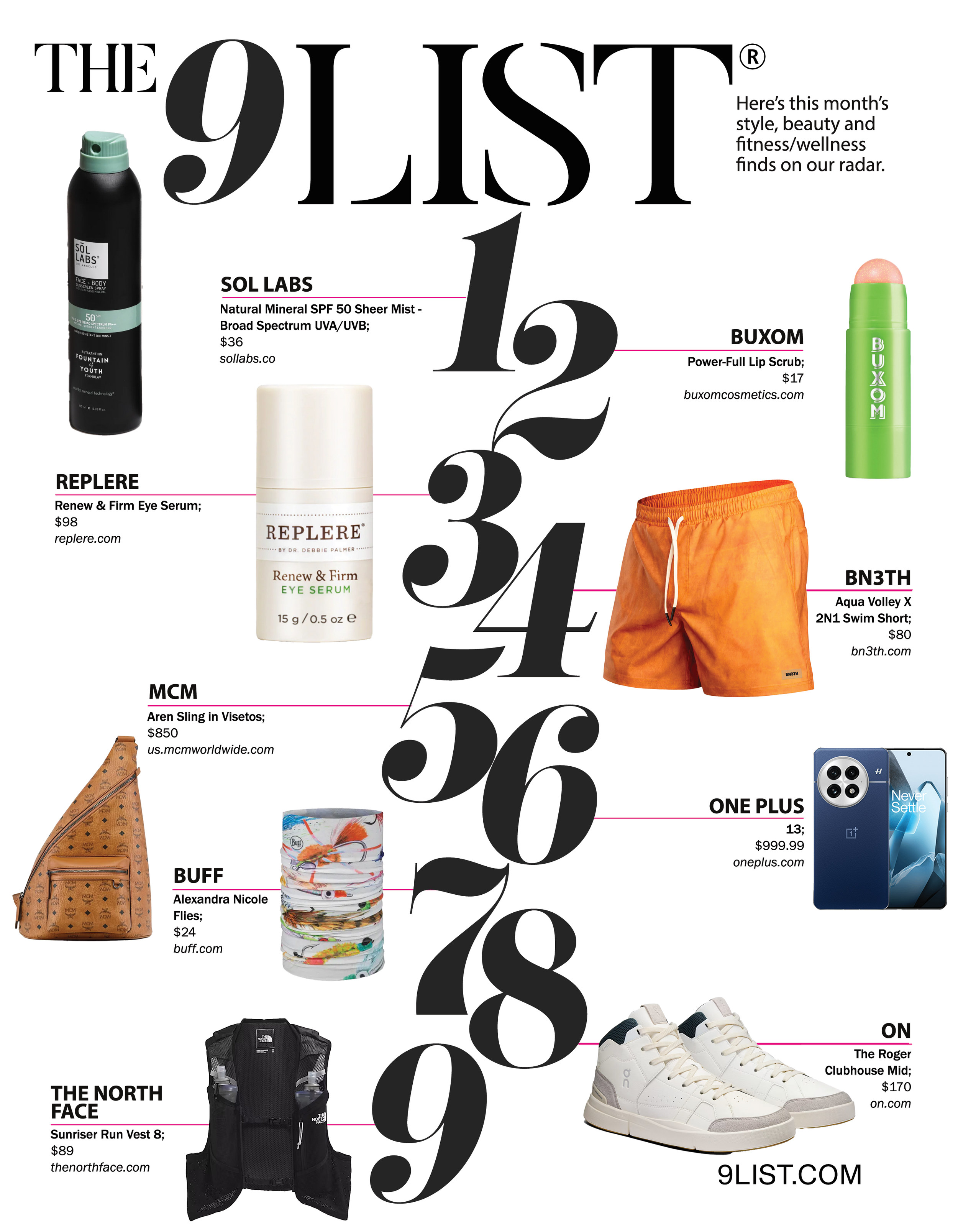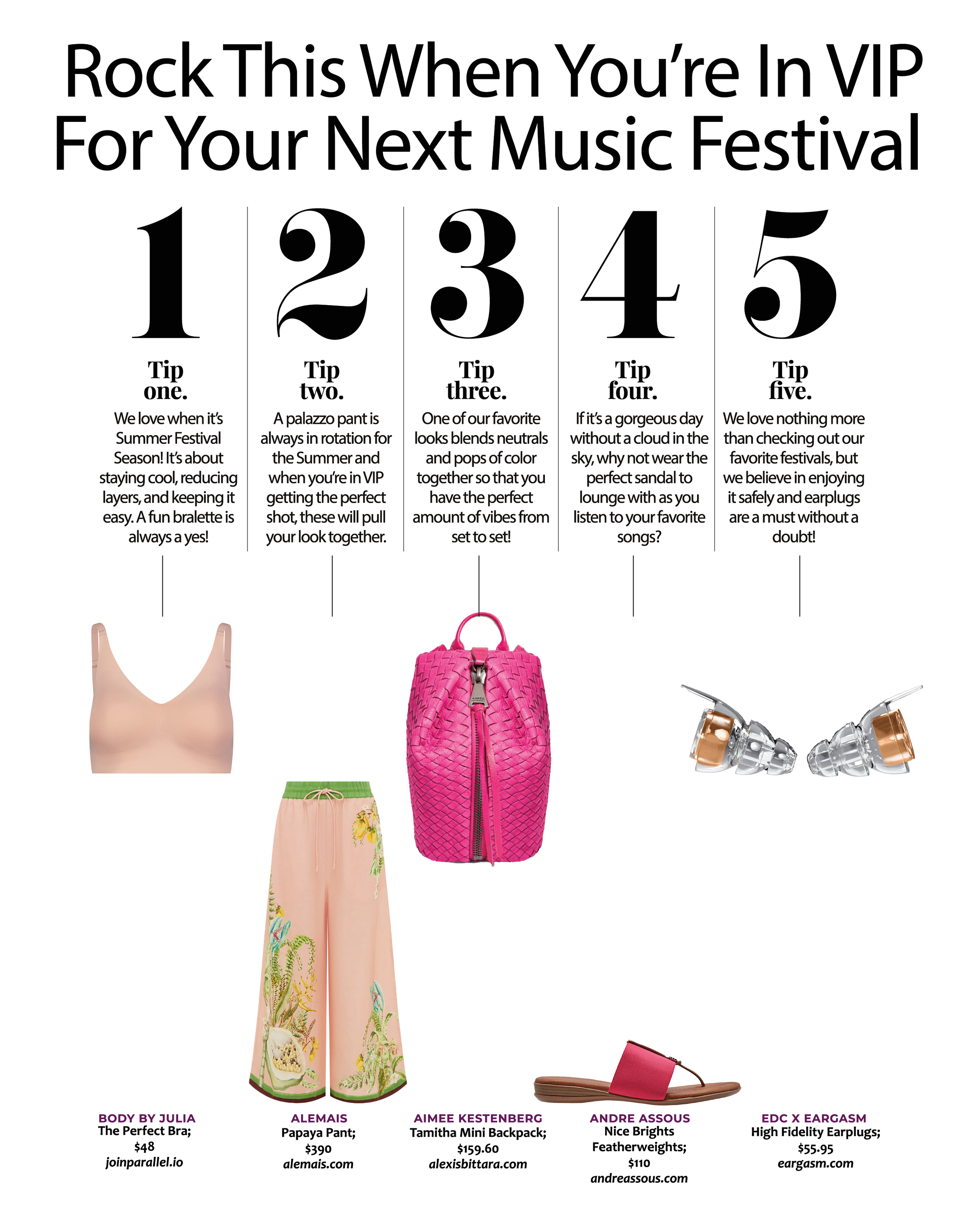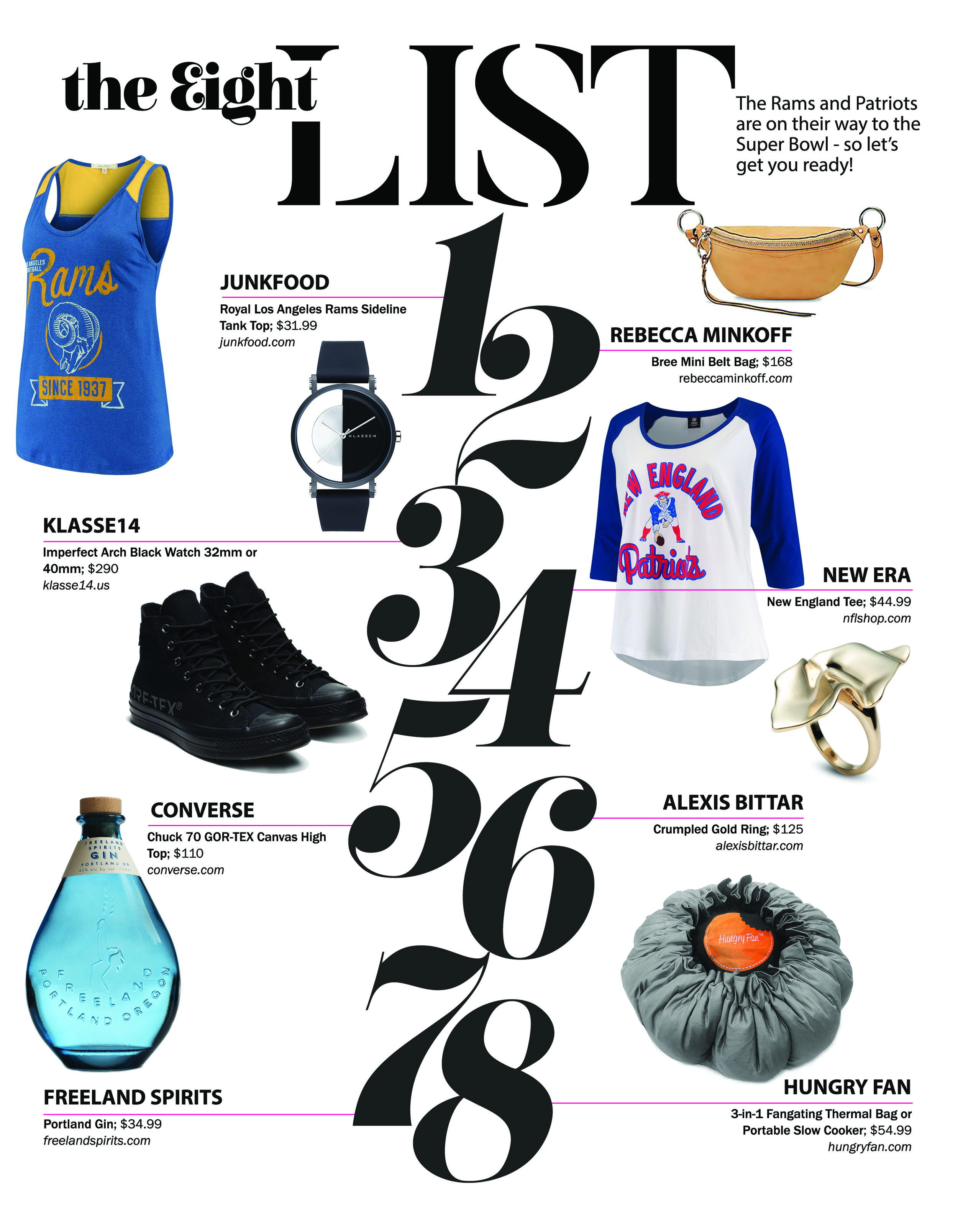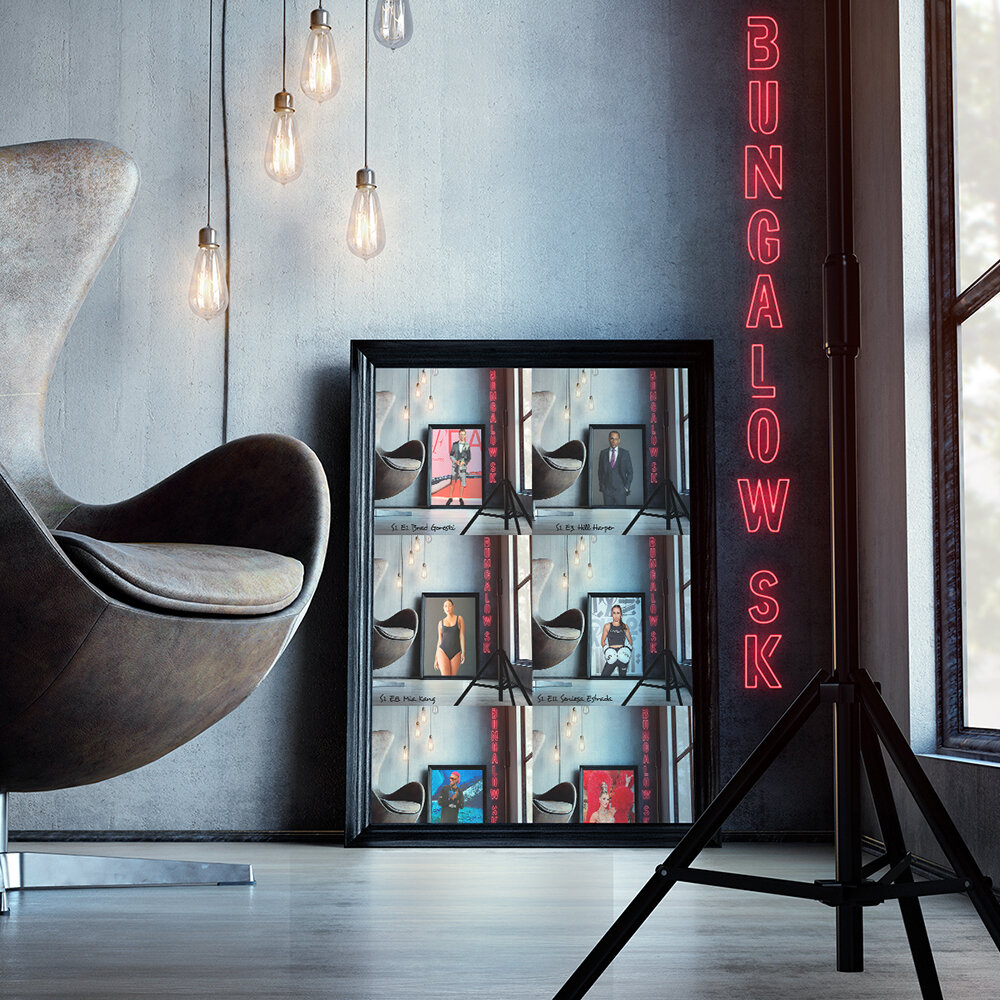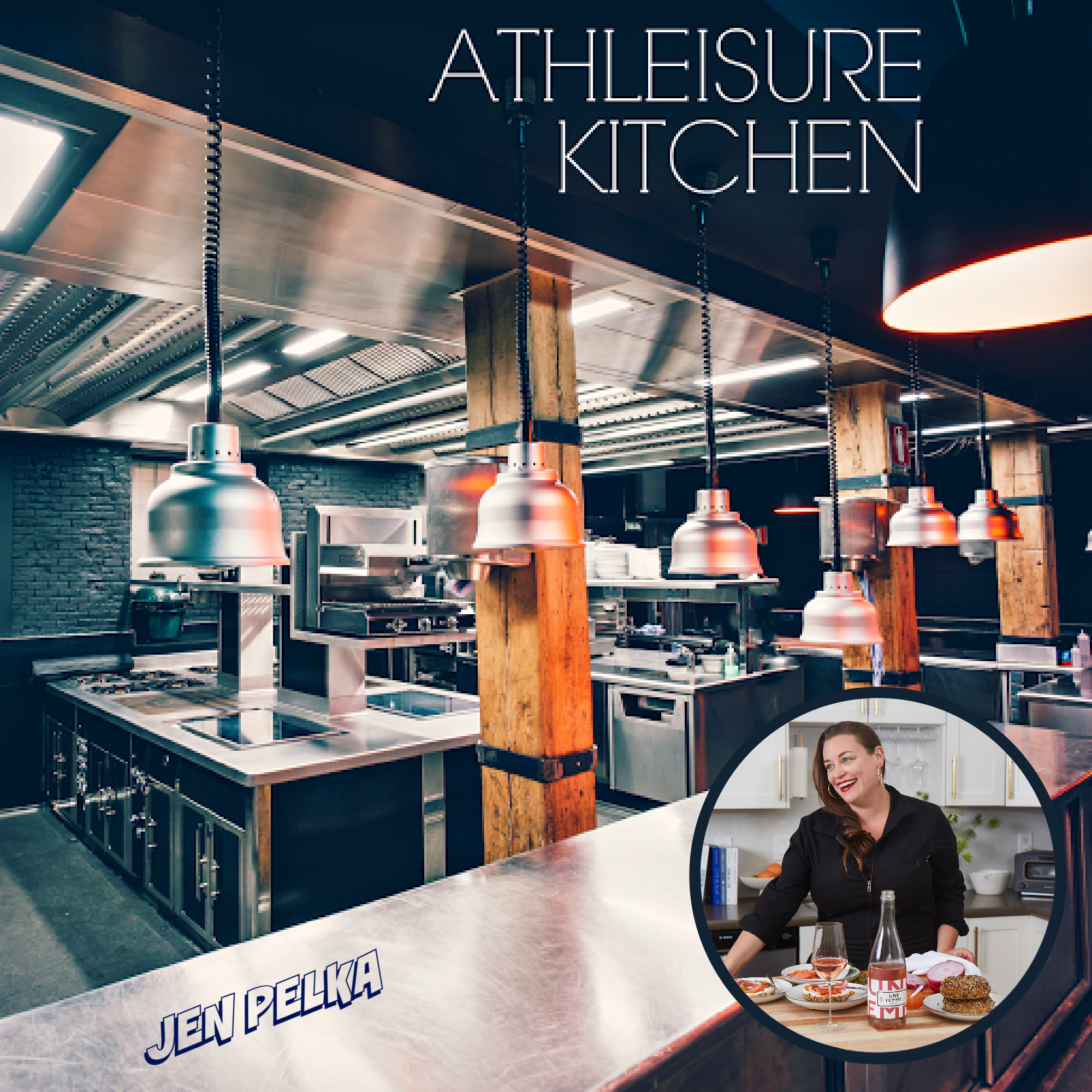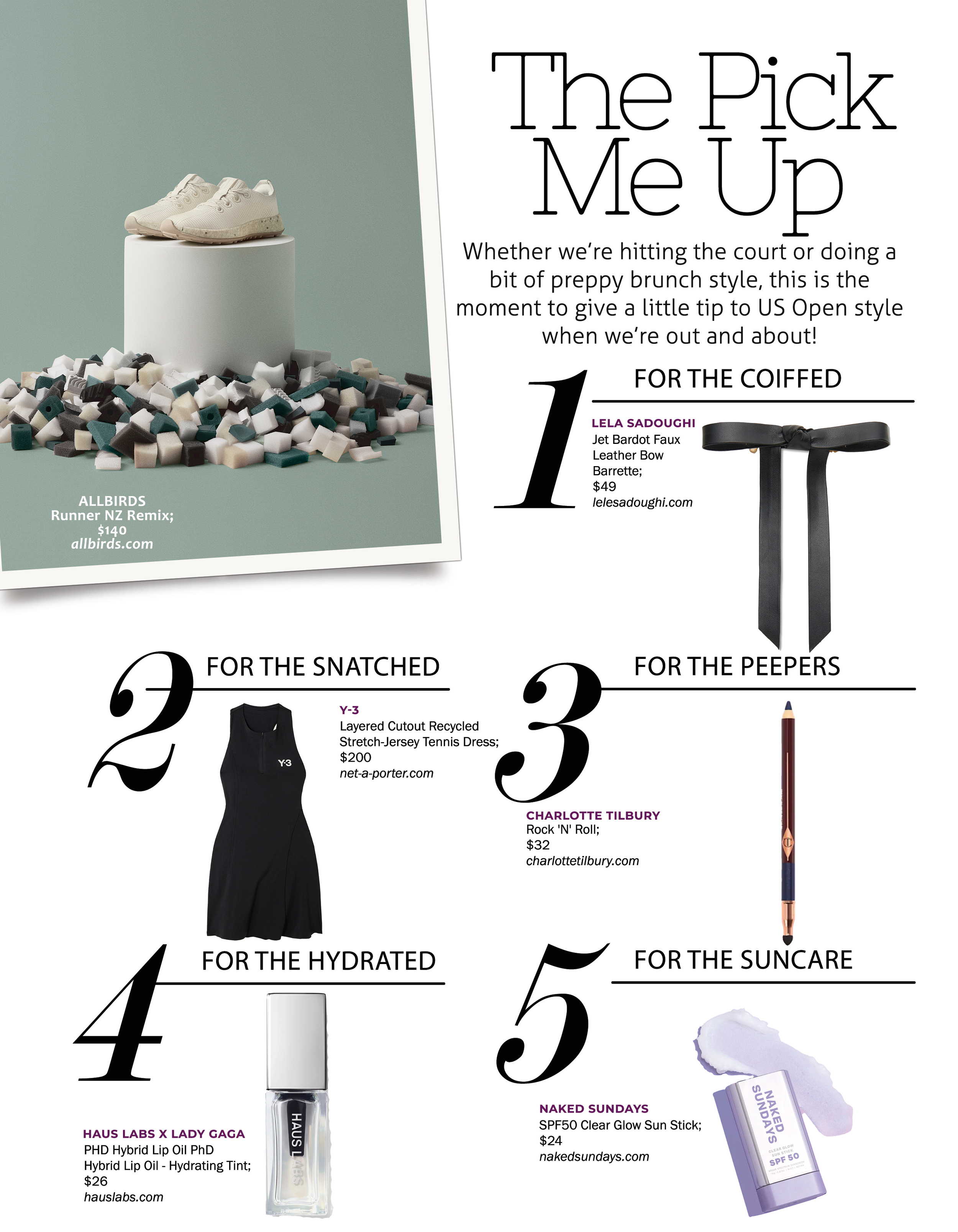ATHLEISURE MAG: Prior coming to MB Steak, what is your culinary background and how would you define your style of cooking?
EXECUTIVE CHEF PATRICK MUNSTER: I started my career in St Louis, working in a great farm-to-table restaurant called King Louie’s. The menu at King Louie’s changed daily, depending on what the farmers would bring. That gave me the opportunity to learn hands-on with a variety of cooking styles and ingredients. From St. Louis, I moved to New York and studied at the Culinary Institute of America and worked at a few restaurants around campus in the meantime. I fell in love with Las Vegas and its culinary scene when I took an internship at the Effiel Tower Restaurant, located on the Las Vegas strip. I began working at SW Steakhouse at the Wynn Las Vegas in 2004, where I remained for 10 years, rising to the level of Chef de Cuisine under Chef David Walzog.
My experience at the Wynn fueled my passion for great ingredients and flawless service – the same passion I carry today in MB steak. My style of cooking is relatively simple, as I let the ingredients speak for themselves. I am careful to not to mask the flavor of the ingredients by overthinking a dish. This helps keep the flavors of each ingredient bold.
AM: For those who have yet to attend MB Steak, what can one expect in terms of the ambiance, dishes, etc?
EXECUTIVE CHEF PM: While MB Steak is known to be a sexy and luxurious steakhouse, the restaurant is also comfortable and fun. I feel like steakhouses have a different value system as far as fine dining. There are certainly expectations a person has coming to a steakhouse and upholding those old standards is what keeps guests coming back. A guest should have the same experience if they are ordering a filet with mashed potatoes or if they decide to venture down a more adventurous path with something like octopus or a dry aged bone-in New York Strip with maitake mushrooms. No matter what you’re comfortable spending, you should feel comfortable in the dining environment – that is the intention at MB Steak.
In terms of ambiance, the 7,800-squarefoot space occupies two levels, including a gorgeous low-lit main dining room, bar and lounge, and private bar room on the first floor; and a garden bar and lounge, with a towering skylight above the bar surrounded by succulents and moss on the second floor.
AM: What are signature dishes that we should know about at MB Steak?
EXECUTIVE CHEF PM: We are running a 24 oz bone-in Creekstone Farms ribeye currently, and hands down, it’s one of the best steaks I’ve personally tasted in a while. I like to encourage people to eat family style, so a lot of the dishes are created to share. To name a few, the calamari, rock shrimp, and roasted heirloom tomato salad are all great for sharing. The porterhouse is one of my favorite steaks and it really is actually two steaks in one. One side is the New York Strip (my favorite) and the other side is the more well-known and beloved filet mignon. It’s prepared sliced and ready to share.
I also personally love our bacon, and it’s one dish I usually recommend to tables. Big slabs of braised bacon, grilled and glazed with maple syrup, it’s one of those simple, still elegant, bold flavor type dishes that is perfect to start a meal. The octopus is definitely a favorite.
I love side dishes, so narrowing it down to just a few is impossible, but the maitake mushrooms with aged goat cheese and balsamic is probably my favorite. I should mention that we’ve gotten a lot of viral buzz from social media in response to a feature we had on our whole roasted 17lb. Tomahawk Steak.
AM: MB Steak is located at the Hard Rock Hotel and Casino in Las Vegas and has been noted as the best steakhouse in Las Vegas in 2017 – how do you continue to push the envelope of creating great dishes that distinguish you beyond being a steakhouse?
EXECUTIVE CHEF PM: Seasonality is the great motivator for creating new dishes. Each season has its own “voice,” so I’m there to add a bit of creativity in the mix. Great, quality ingredients like stone crab, truffles and mushrooms that have limited seasonal availability are always great to cook with, and people really get amped when it’s back on the menu. I like to get the entire staff educated and excited about new ingredients and dishes. When a cook or server sees how passionate I am about something, they can easily convey that to the guest. With today’s accessibility to food knowledge, the general public is a lot more knowledgeable than past eras, which drives the stakes naturally higher, and emphasizes the need to always be at our best.
AM: What are 3 signature cocktails available at MB Steak?
EXECUTIVE CHEF PM: Magic Mike Live is our neighbor inside the Hard Rock. We wanted to bring that fun, exciting vibe into a cocktail. Our “Magic Mike” cocktail is made with Channing Tatum’s Born and Bred vodka, raspberries, and moscato rosé poured over cotton candy. Keeping with the rock and roll theme of the Hard Rock, we created the Hotel California cocktail, made with lemongrass and buddha-hand citrus infused vodka, grapefruit and pineapple. Lastly, Chicago Way is made with barrel-aged rye whiskey that we age in-house. It’s made in old fashioned-style with Punte Mes vermouth and St. George Brutto Americano. It’s belly warmin’ and always smooth.
IG @MBSteak
Read the latest issue of Athleisure Mag and see The Art of the Snack | Grab a Hearty Meal in mag.




